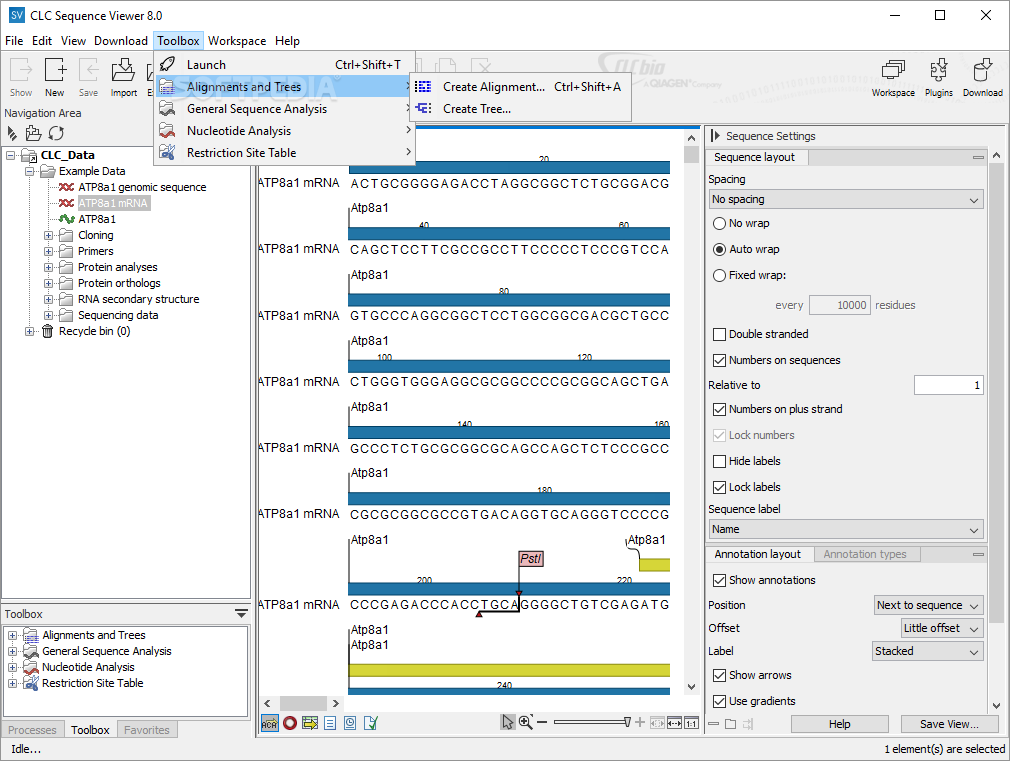
The activated sludge sample was transferred to a 15 mL tube and centrifuged at 2000× g for 5 min. Bacterial Strains and MediaĪctivated sludge mixed liquor was collected from a municipal WWTP in Yokohama in November 2021 where urban wastewater was received. Ultimately, we recommend the expansion and reshaping of the Kuravirus genus to four separate genera to accommodate a total of 36 phages isolated worldwide. We further analyze the genomic features of the YF01 phage in comparison to other Kuravirus-like group phages and elucidate the core proteome of the group to demonstrate that the large terminase subunit and portal protein, among three other proteins, show high conservation and highly correlated phylogenetic reconstruction to whole genome-based methods. Using a combination of approaches, we demonstrate that these 36 phages represent four different genera under current ICTV guidelines. Modern reticulate network analyses revealed that YF01 and the current six ICTV-classified Kuravirus phages shared high similarity with 29 other phages present in public databases. The YF01 phage was sequenced and assembled using long-read Q20 Oxford Nanopore technology and shown to be related to phages from the ICTV-classified Kuravirus genus. coli phage, YF01, from a WWTP in Yokohama, Japan. Ultimately, we propose the creation of three additional genera, Vellorevirus, Jinjuvirus, and Yesanvirus, which will allow a more organized approach to the addition of future Kuravirus-like phages. Using modern phylogenetic approaches, we demonstrate that an expansion and reshaping of the current six-membered Kuravirus genus is required to accommodate all thirty-six member phages. We demonstrate that the YF01 phage shares a high similarity to a collection of thirty-five Escherichia and Shigella phages found in public databases, six of which have been previously classified into the Kuravirus genus by the International Committee on Taxonomy of Viruses (ICTV).

Here, we have isolated a novel Escherichia phage, YF01, from a municipal wastewater treatment plant in Yokohama, Japan. In tandem, a surge in the availability and affordability of next-generation and third-generation sequencing technologies has driven the deposition of a wealth of phage sequence data. Bacteriophages, viruses that infect bacteria, are currently receiving significant attention amid an ever-growing global antibiotic resistance crisis.


 0 kommentar(er)
0 kommentar(er)
